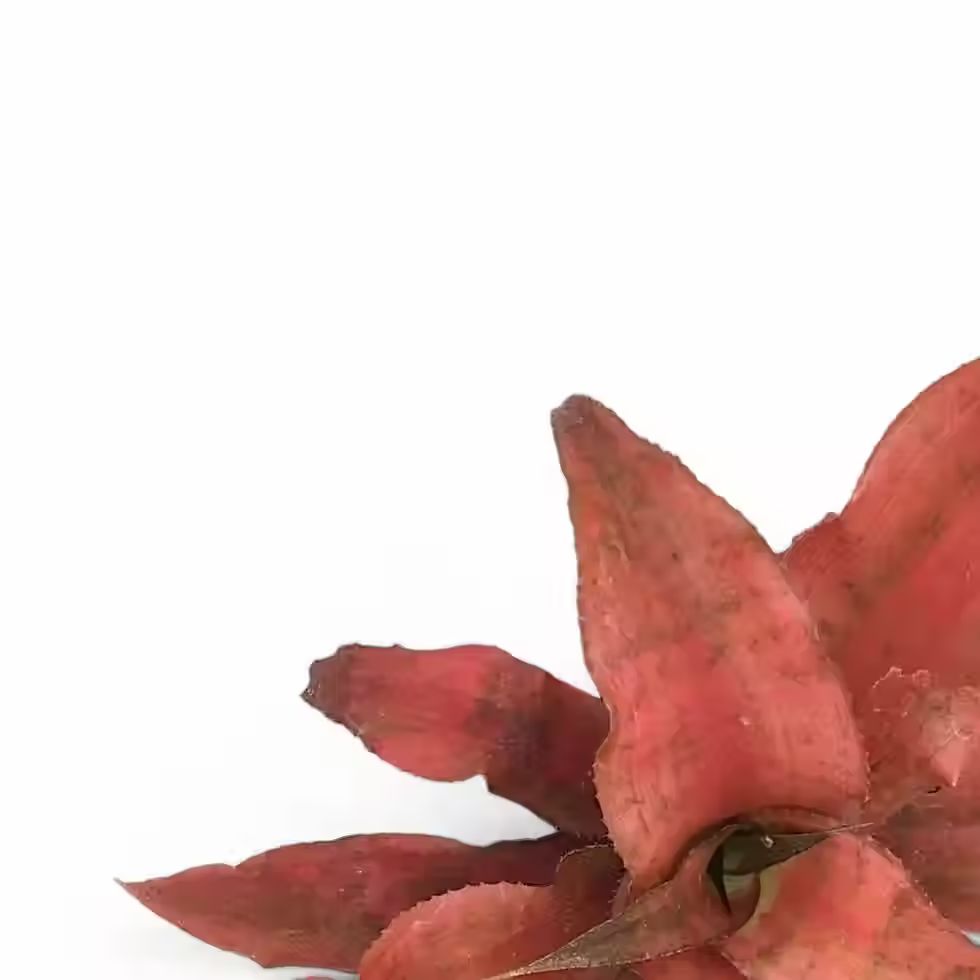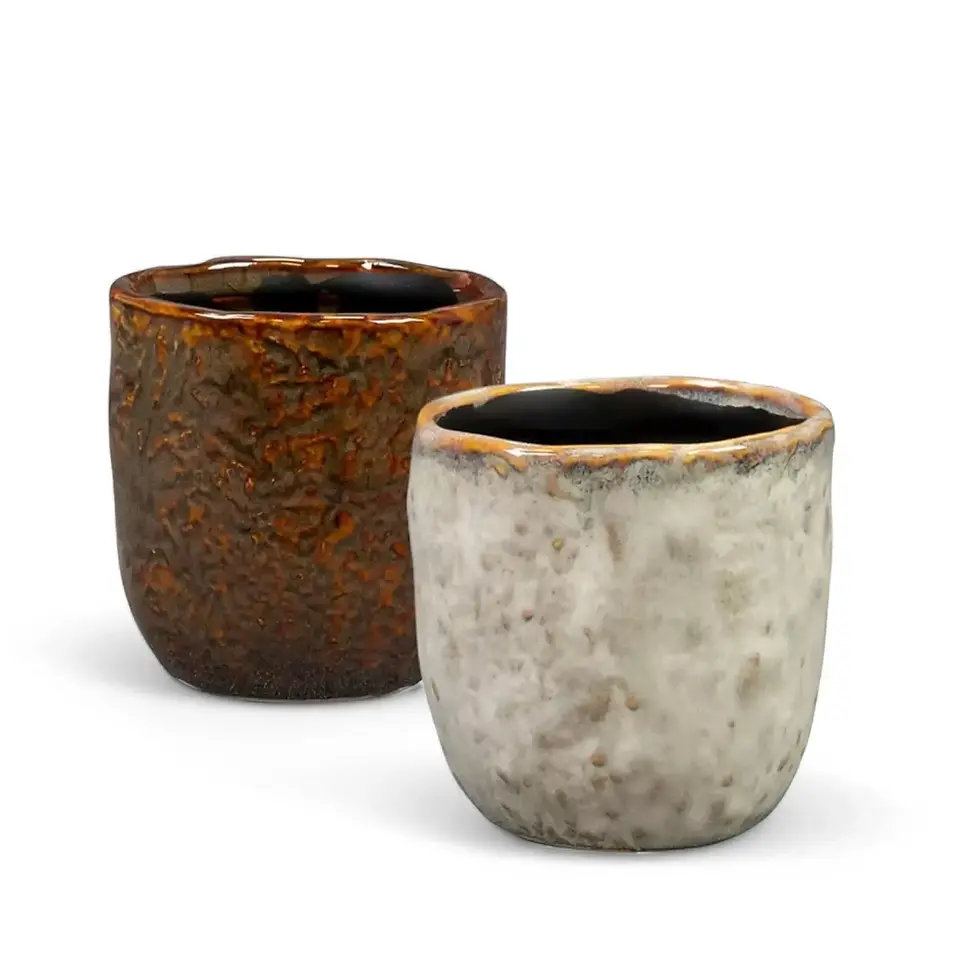Philodendron Imperial Red - Growth, Characteristics and Care Guide
Deeply colored foliage, compact growth, and easy maintenance—Philodendron Imperial Red is a standout hybrid that brings rich, tropical hues to any indoor space. Its broad, glossy leaves emerge in a striking maroon-red before gradually maturing to deep green with maroon undertones. Unlike climbing philodendrons, this self-heading variety maintains a compact, symmetrical growth habit, making it ideal for tabletops, shelves, and floor displays.
Distinctive Traits and Benefits of Philodendron Imperial Red
- Vibrant Color Transition: New leaves emerge in bold maroon and darken to a rich green-maroon with maturity.
- Compact, Upright Growth: A self-supporting rosette-type philodendron that doesn’t require a moss pole or trellis.
- Symmetrical Structure: Short internodes ensure a dense, bushy form rather than leggy growth.
- Low Maintenance: Thrives in moderate indoor conditions with minimal care.
- Excellent for Indoor Spaces: Fits well in pot sizes from 10 cm up to larger statement planters.
Origin and Background of Philodendron Imperial Red
Philodendron Imperial Red was developed in Belgium in the late 20th century by breeder Paul DeCoster. It was discovered in 1977 among random philodendron seedlings sourced from Bamboo Nursery in Apopka, Florida. The exact parentage remains unknown, but it is believed to be closely related to Philodendron erubescens, a species native to Colombia. It was selected for its compact growth and unique foliage color and was officially patented in 1988 under USPP6337P.
Essential Care Tips for Philodendron Imperial Red
- Light: Prefers bright, indirect light but adapts to moderate light conditions. Avoid prolonged direct sun, which may scorch the leaves.
- Watering: Allow the top 2-3 cm of soil to dry out before watering. Overwatering can cause root rot.
- Humidity: Thrives in 50-70% humidity, but adapts well to average indoor humidity. A humidifier can enhance growth in drier environments.
- Temperature: Best between 18-30°C. Avoid exposure to cold drafts and temperature fluctuations.
- Soil: Requires a well-draining, nutrient-rich mix with aeration. An ideal blend includes perlite, and orchid bark.
- Repotting: Repot every 2-3 years when root-bound. Use a pot with drainage holes to prevent excess moisture retention.
- Fertilizing: Apply a balanced liquid fertilizer once a month during the growing season. Avoid over-fertilization to prevent salt buildup.
- Propagation: Best propagated via stem cuttings—cut below a node and root in water or soil.
- Hydroponics: Adapts well to semi-hydroponic setups using LECA with regular nutrient supplementation.
- Pruning: Trim old or damaged leaves to maintain shape and encourage new growth.
Common Problems and Solutions for Philodendron Imperial Red
- Yellowing Leaves: Often caused by overwatering. Ensure the soil dries slightly between waterings.
- Brown Leaf Edges: Typically due to low humidity or irregular watering. Increase moisture levels.
- Pests: May attract spider mites, mealybugs, thrips, or fungus gnats. Treat with neem oil or insecticidal soap if needed.
- Root Rot: Caused by excessive moisture. Use well-draining soil and ensure the pot has adequate drainage.
- Fungal Issues: Can develop leaf spots due to excess moisture. Improve airflow and avoid watering over the foliage.
Additional Tips for Growing Philodendron Imperial Red
Unlike climbing philodendrons, Imperial Red retains its structured form without the need for a support pole, making it ideal for modern indoor spaces. It remains compact and manageable while still offering the dramatic foliage coloration typical of larger philodendrons.
Etymology of Philodendron Imperial Red
The genus name Philodendron comes from the Greek words "philo" (loving) and "dendron" (tree), referencing the plant's natural tendency to cling to trees. Imperial Red was bred and cultivated by Paul DeCoster in Belgium, with its patent officially granted in 1988 (USPP6337P).
Frequently Asked Questions about Philodendron Imperial Red
- Does Philodendron Imperial Red need a moss pole? No, this self-heading variety maintains a compact shape and does not require support.
- How fast does Philodendron Imperial Red grow? It grows relatively fast for a rosette-type philodendron, reaching maturity in 12 months from a young plant.
- Can Philodendron Imperial Red tolerate low light? It can survive in moderate light, but thrives best in bright, indirect light for optimal color and growth.
Order Your Philodendron Imperial Red Today!
Add this striking and easy-care plant to your collection. Order now to enjoy the vibrant foliage and compact growth of Philodendron Imperial Red in your home!
Philodendron 'Imperial red'
Philodendron 'Imperial red' comes in following sizes:
M – is approximately 30 cm tall and comes in a ⌀ 14 cm pot
L – is approximately 55 cm tall and comes in a ⌀ 17 cm pot
XL – is approximately 70 cm tall and comes in a ⌀ 24 cm pot

























































